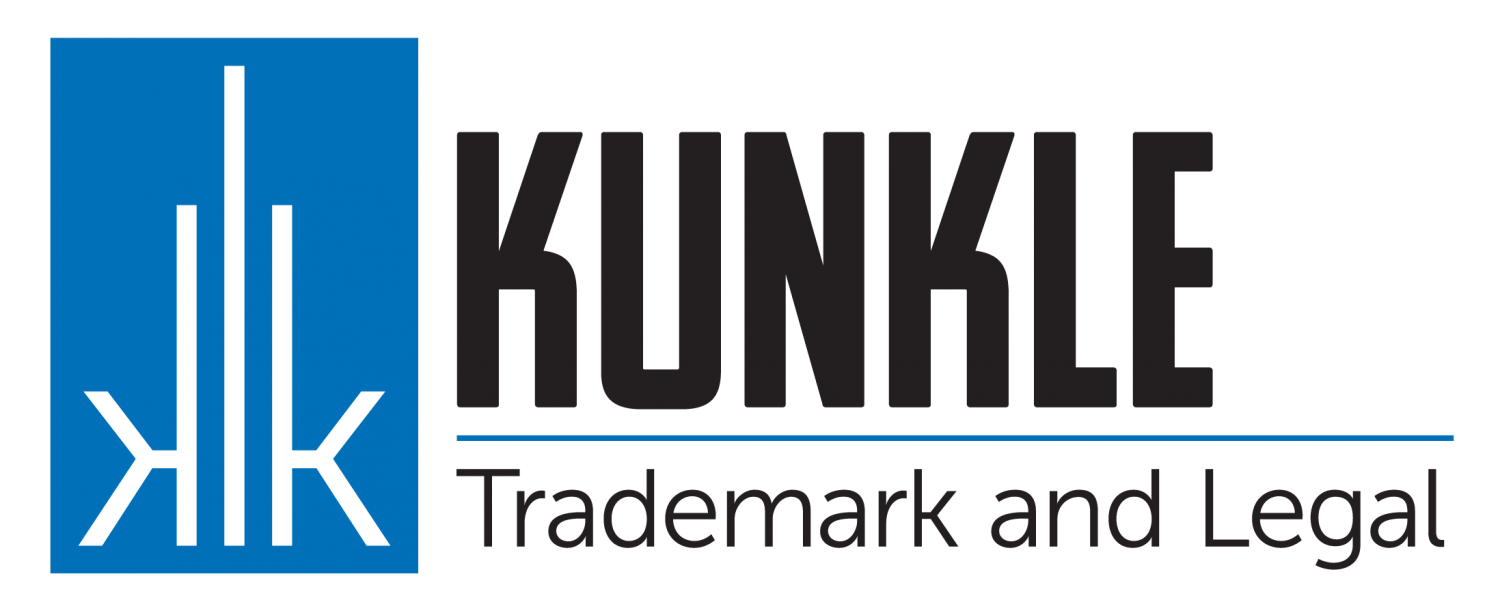Top 10 Lists
I was recently asked by an attorney friend about using the phrase “The Top Ten Reasons…” in relation to a top ten list (á la David Letterman) that she was planning on using in a marketing piece. This wasn't a comic work meant to mimic the David Letterman version, but rather a serious piece meant to provide useful information regarding estate planning strategies. So the question to me was whether she could use the “Top Ten List” format without running afoul of Letterman’s intellectual property.
My response was that there was a very low probability of risk – the term “Top Ten List” is descriptive and therefore not generally protected by trademark unless it has acquired such distinctiveness that the term is pretty much only associated by one source. While, in certain contexts it is undoubtedly a very famous list, it is hardly the only place in which you can find people putting together lists of things in quantities of 10.
Further,...



